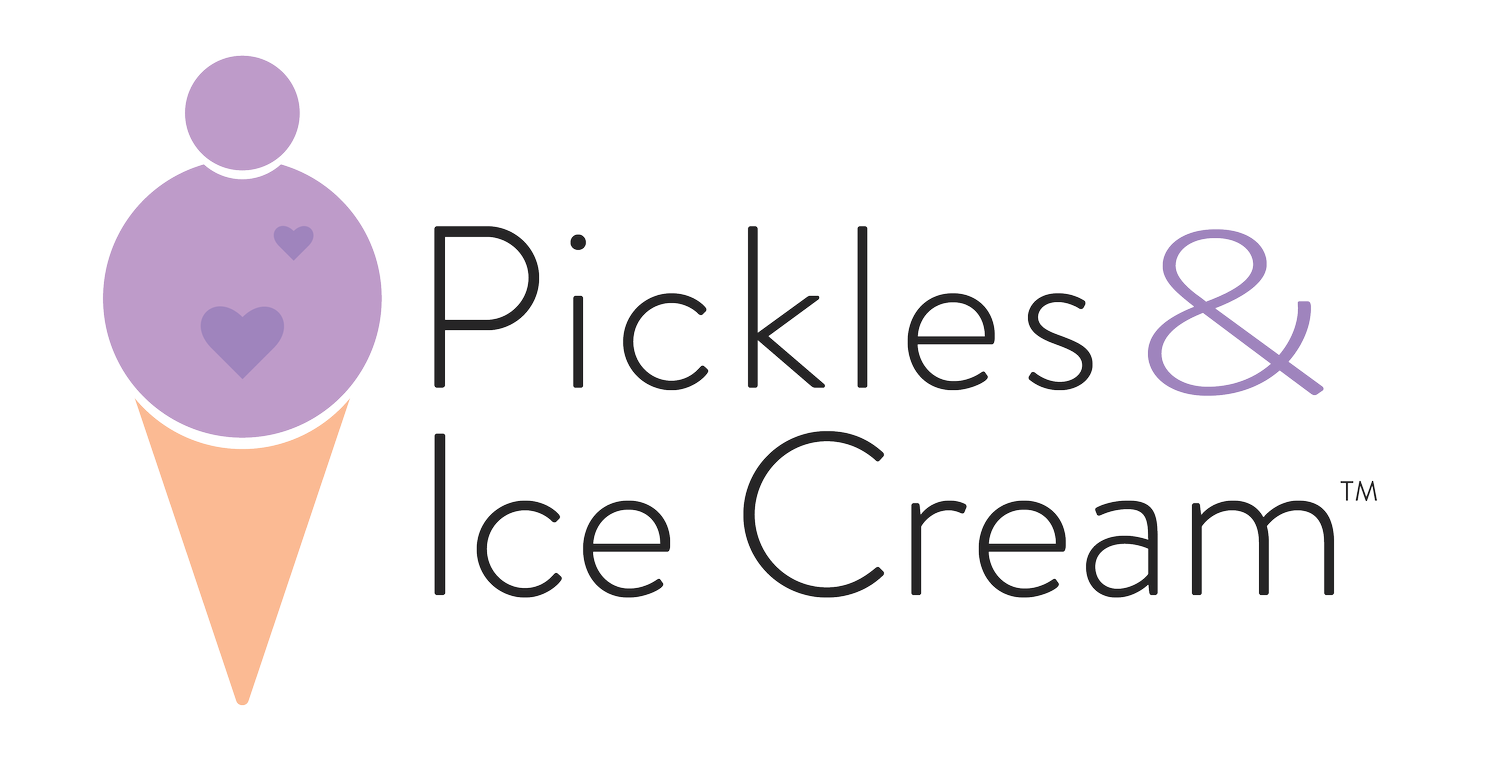Safe Sleep Like a Baby
➝ Babies are safest when they are sleeping on their back and are alone in their own crib.
➝ The baby's sleeping environment also plays a key role in keeping the baby monitored and safe.
➝ Use the safe sleep ABCs or a song as a reminder for yourself and others to keep your baby sleeping like a baby!
Babies are known for filling their days with two very important activities: eating & sleeping. Although your baby may be living the good life, most parents don’t feel comfortable leaving their babies alone to sleep. Approximately 3,500 sleep-related deaths are reported in the U.S. every year. Parents can get wrapped up in worries for their baby. Do not fear, Pickles & Ice Cream Georgia® is here to ease your mind & keep you informed through it all.
“Safe Sleep” is a reference to actions that are taken to protect your baby from dangers like choking, physical injuries, & suffocation while sleeping.
Major improvements in reducing baby deaths have been made due to safe sleep recommendations. Not only will safe sleep lower the occurrence of accidents like choking & suffocation, but it’s also often suggested to prevent sudden infant death syndrome (SIDS). You may think you know everything there is about safe sleep. Before you continue reading, test your safe sleep knowledge with our quiz. Below are some tips for you when practicing safe sleep.
Sleep Environments
Too many children die each year from sleep related deaths, many of these taking place during sleep or in the sleeping area. Here are some tips to give your baby the best space for sweet dreams:
Parents should keep the baby’s crib or bassinet in the same room to sleep until the baby is at least 6 months old. It is best for parents to share a room with their baby during this time, but do not share the bed.
Soft bedding items should be removed from the sleeping area (for example, blankets, bumper pads, & soft toys).
Babies should sleep on firm, flat mattresses covered by a fitted sheet in their crib or bassinet.
Never leave your baby to sleep on a sofa, sitting device or arm chair.
Putting Your Baby to Sleep Safely
Newborns typically sleep close to 16 hours a day, so it is helpful to get in the habit of practicing safe sleep.
Place your baby on their back for safe sleeping until the baby reaches 1 year of age.
Avoid using sleep positioners like nests or anti-roll pillows. These items can cover your baby’s nose & mouth as they move during sleep, making it difficult to breathe.
Dress your baby in light sleep clothing to prevent overheating.
Give your baby a pacifier. Not only are pacifiers soothing, but they have also been shown to protect against SIDS. If your baby is breastfeeding, it’s best to wait 3 or 4 weeks to allow time for the adjustment. Do not attach the pacifier to clothing, a stuffed animal or around your baby’s neck. However, it’s okay if the pacifier falls out while your baby is sleeping.
When breastfeeding, avoid falling asleep with your baby. Skin to skin interaction is very important, but remember to be safe and place your baby on their back in a crib or bassinette after breastfeeding and before you go to sleep.
Avoid covering your baby’s head while they sleep.
Monitor your baby’s temperature while sleeping. Overheating during sleep is often linked to SIDS. Simply watch for signs like sweating or feeling your baby’s chest to ensure he or she is not getting too hot while sleeping.
Need a visual? Check out this CDC video! For more information on safe sleep & breastfeeding, click here.
A Way to Remember
That was probably a lot of information to process. Most of these recommendations are suggested for the first year of life. Although you may not be able to immediately make all these adjustments, you can make your baby sleep safer one step at a time. Be sure to talk with extended family, hired help and all other caregivers. Your safe sleep practices should take place even when you can’t be present. Everyone can remember her their ABC’s right?
ABC’s of Safe Sleep
Alone: Baby should be alone while sleeping. No blankets, crib bumpers, or toys should be with them.
Back: Baby should always be placed on their back when being put to bed.
Crib: Baby should be put in their own flat crib. They should not sleep in a swing, car seat, adult bed, or cushion that is not a crib or bassinet.
Here’s an earworm for you! This nursery rhyme is from La Leche League International to help remember key safe sleep practices.
The Safe Sleep Seven Bedsharing Song
(to the tune of “Row, Row, Row Your Boat”)
No smoke, sober mom
Baby at your breast
Healthy baby on his back
Keep him lightly dressed
Not too soft a bed
Watch the cords and gaps
Keep the covers off his head
For your nights and naps
References

